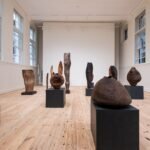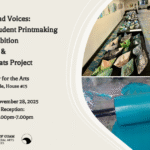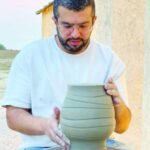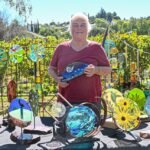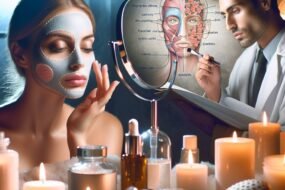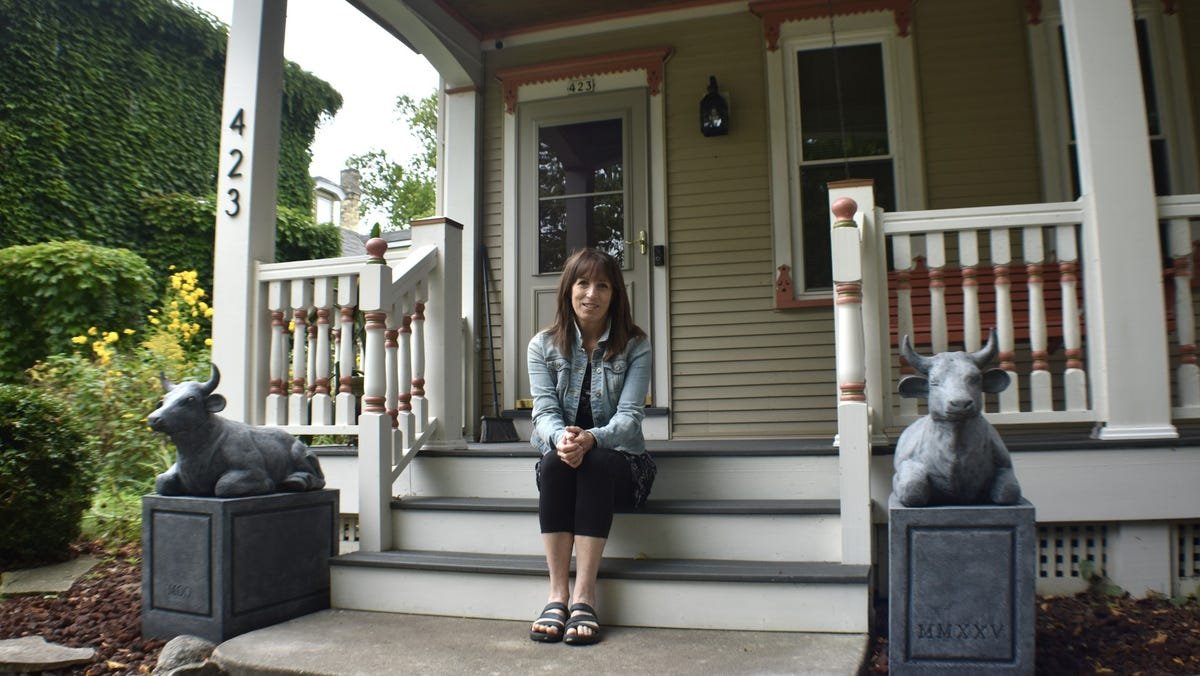
‘I want to create things myself, and in this instance, the point of the whole thing is, I want people to walk by and just smile,’ Marie Hetzel said about the cow statues.
Professors provide muscle at Bucky’s Bull Rescue with volunteering
What started as a simple rescue of a single cow, Lakeland University professors found volunteering at an animal rescue fun to do outside of work.
- The cow statue project was Marie Hetzel’s first foray into sculpting and casting.
- The project was time-intensive, like waiting a day to apply each of 28 layers of liquid latex rubber to the cow model.
- She did a lot of research about the way cows sit and drew inspiration from cow statues across Sheboygan County.
SHEBOYGAN – Two concrete cow statues, not lions, adorn the front of Marie Hetzel’s home near Lake Michigan.
Hetzel has always noticed lion statues, feeling they resemble European art and have a regal, permanent essence. Sitting in front lawns or at the end of driveways, they may serve as a symbol of prosperity, a way to ward off danger or as decorative detail.
Though she doesn’t have an affinity for cows and thinks they’re a bit funny with glazed bovine stares, she thought cows would be an appropriate statue subject for America’s Dairyland.
“It’s got staying power,” Hetzel said. “They’re solid. I just think they’re beautiful, they’re subtle. They’re not painted bright colors and garish.”
Hetzel embarked on a roughly one-year project to create the two statues. She has a fine arts degree and is well versed in the two-dimensional medium, but sculpting and casting was a “whole new ball game.”
She researched YouTube videos, consulted with Quasius Construction and drew inspiration from cow statues across the county, like those at Christopher Farm and Gardens, in front of Old World Creamery and in downtown Plymouth.
Research was key to the project, like exploring how cows sit. Lion statues may be seen sitting on their haunches, but Hetzel said cows sit a bit “undignified,” with their back legs underneath them. She carved a cow out of Styrofoam sitting down, but it “was a mess.”
“I had to toss that one,” Hetzel said.
She switched to cows laying down, and the project continued fairly smoothly.
Hetzel’s son, Simon Ulrich, helped with problem-solving, cement mixing and heavy lifting, and her friend, Tammie Butzen, assisted with making a vibration table, creating the cradle for the casting and filling the mold with concrete.
Both have helped Hetzel with projects in the past. Ulrich has helped with piano tuning and laying bricks in the back yard. Butzen refinished floors in Hetzel’s house, and they had a steampunk lamp business.
“I’m amazed by her ability,” Butzen said. “I’ve seen her do all sorts of artwork and all sorts of things, but I appreciate her attention to detail. It was pretty outstanding.”
Yearlong project found creative use for repurposed shipping containers, playing cards and an old tire
To start, Hetzel created a clay model to make a mold. Instead of making it out of solid clay, which would be extremely heavy and expensive, the core was pink insulation foam. She warmed clay up in a small oven, a cardboard box lined with pink insulation foam, aluminum foil and a reptile tank light, to make it pliable. She covered the foam in clay.
Next, she painted 28 layers of liquid latex rubber to form a thick mold around the clay. This took about a month to do because she had to wait a day for each layer to dry. She also made seams from cut-up playing cards around the head used to help pull off the mold.
Hetzel covered the entire model with masking tape to create a thin layer between the latex mold and the forthcoming fiberglass “mother mold.”
She created more seams from the nose along the back of the mold and took it to a friend’s garage to apply the epoxy resin in a warm, ventilated space in February. This took about a month, allowing each layer to dry for about a week.
After, Hetzel drilled holes in the seams and bolted the mold together. She then removed the fiberglass and latex molds and rinsed them off at home.
“Of course, the house became a cow development factory,” Ulrich said in an email. “One day I came home to find the latex mold drip drying in our shower. That was a shock!”
After practicing pouring concrete variations, some with fiber or a bonding agent for durability and strength, it was time to figure out how Hetzel would cast the concrete.
In part, Hetzel and Butzen built a motorized vibration table to push all bubbles to the surface when the concrete was poured. They used an old tire underneath a tabletop.
With the smell of burning rubber and steel belts below the tread, Butzen said creating the vibraton table was a mental and physical effort.
“Never in my life have I ever had to drill a hole in the side of a tire,” she said.
Hetzel created two molds for the plinths, or bases, cast them and removed the frames. Hetzel wanted the statues to sit on the plinths and appear a bit more decorative, with trim and “MOO” and 2025 in Roman numerals at the bottoms.
Hetzel anticipated the concrete-filled mold for the cow statues would weigh 200 pounds.
Hetzel built a cradle to hold the molds while the concrete was poured in. It was made from repurposed shipping containers from Butzen’s workplace. The latex mold and the fiberglass “mother mold” were placed upside down inside.
After the concrete was poured and dried, two neighbors helped tip the cradle 90 degrees onto a transfer table and then again onto the plinth.
Ulrich brought a practice casted statue Hetzel made beforehand from the garage in a wheelbarrow. It was transferred to the other plinth.
Finishing work included patching up bubble holes, adding a slurry coat and antiquing with a 50/50 mix of black paint and water.
Hetzel said she felt like Richard Dreyfuss’ character in Steven Spielberg’s 1977 science fiction film “Close Encounters of the Third Kind,” who keeps seeing a vision of a mountainous shape, which is Devils Tower in Wyoming. His character becomes obsessed with the image and tries to create an at-home replica.
“I kind of felt that way doing these cows because I was just constantly either in the garage or out here trying to get this done,” Hetzel said, gesturing to the front yard.
She never thought of contracting the project out, though.
“I want to create things myself,” Hetzel said, “and in this instance, the point of the whole thing is, I want people to walk by and just smile.”
Contact Alex Garner at 224-374-2332 or agarner@gannett.com.

